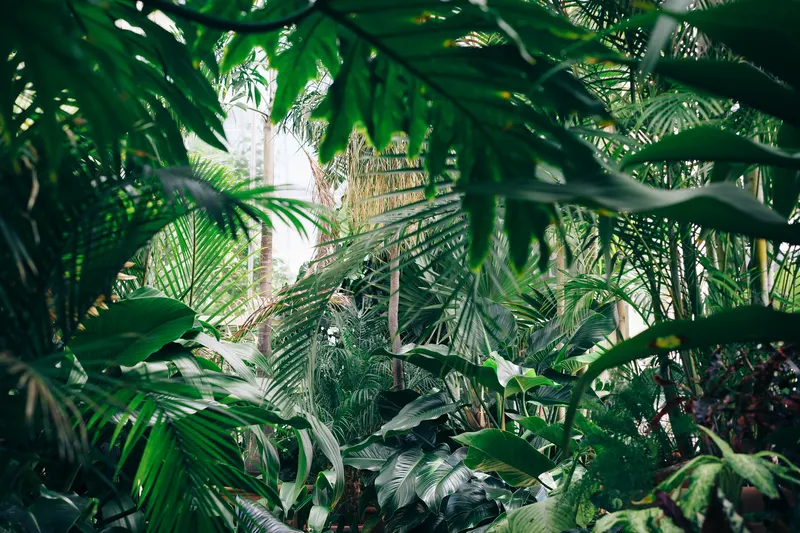Ever gazed at a lush forest or a garden and wondered, “Why are plants green?” It’s a question that might seem simple, but the answer takes us deep into the heart of botany and the science of light. Let’s embark on a journey to discover why plants wear this signature color.
The Magic of Chlorophyll
The secret to why plants are green lies in a remarkable molecule called chlorophyll. Found in the chloroplasts of plant cells, chlorophyll is crucial for photosynthesis – the process through which plants use sunlight to create food.
Chlorophyll absorbs light most efficiently in the blue and red parts of the spectrum but reflects green light. This reflection is why plants appear green to our eyes. But why does chlorophyll behave this way?
The Science of Light and Color
Sunlight is made up of different colors of light, each with its own wavelength. When light hits an object, some wavelengths are absorbed, and others are reflected. The color we see is the light that is reflected. In the case of most plants, green light is the least absorbed and most reflected, making them appear green.
Evolutionary Advantage
So why have plants evolved to reflect green light and not absorb it? One theory suggests that early plants under the sea evolved to absorb red and blue light, as green light penetrates water less effectively. As plants moved onto land, chlorophyll continued to ignore the green part of the spectrum, which may have been an evolutionary advantage, reducing the risk of damage from intense light.
Variety in Plant Colors
Not all plants are green. Some have evolved to have red, purple, or yellow leaves, often due to other pigments like carotenoids and anthocyanins. These colors can help protect the plant from sun damage, attract pollinators, or warn off herbivores.
Cultural Significance
The green color of plants has a profound impact on human culture and psychology. Green is often associated with growth, renewal, and vitality. It’s no wonder that walking through a green forest or park feels so refreshing!
Conclusion: A Spectrum of Reasons
The green color of plants is a result of millions of years of evolution and a complex interaction between biology and physics. It’s a testament to the intricate relationship between life and light. So next time you admire a green landscape, remember that there’s a whole spectrum of science behind that verdant view.

0 Comments